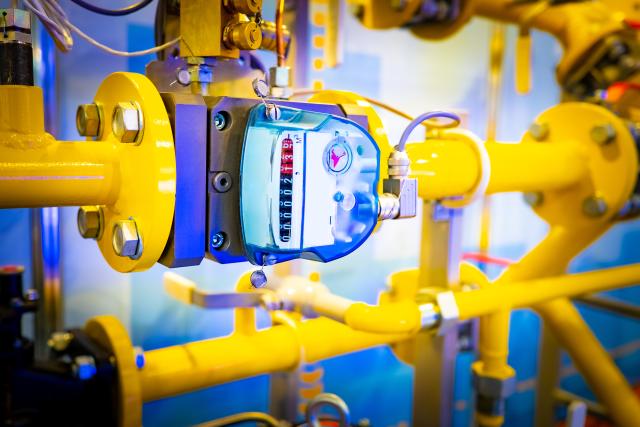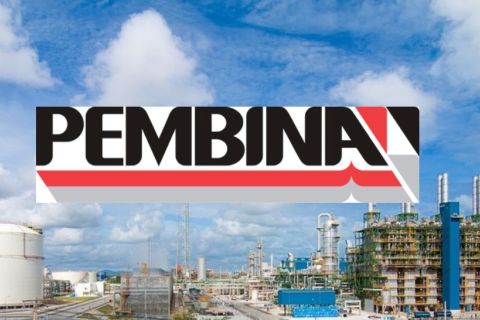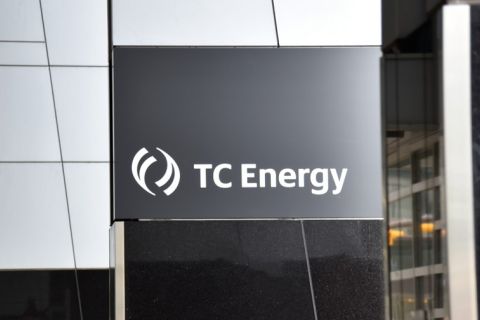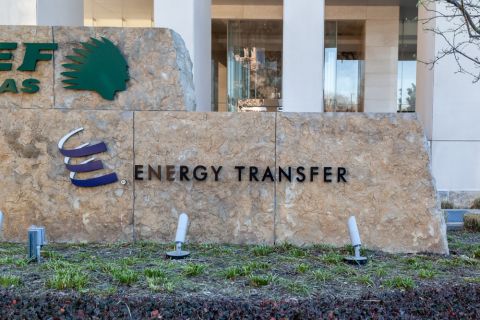
The bar is being raised on ESG, and the upcoming EPA regulations are very stringent and will go into effect in about a year from now, said Stefan Bokaemper, CEO of Boston-based continuous methane monitoring technology company Kuva Systems. (Source: FOTOGRIN/Shutterstock.com)
Over the past few months, ESG has become a generic term used in the oil and gas industry to determine how far advanced companies are with their sustainability efforts. With mounting pressure to decarbonize and EPA’s proposed rules with tighter controls on the oil and gas industry’s methane emissions, ESG investors will expect operators to comply with these new rules and slash emissions.
Hart Energy recently caught up with Stefan Bokaemper, CEO of Boston-based continuous methane monitoring technology company Kuva Systems, to discuss why finding and fixing methane leaks and operational issues quickly is the key to reaching ESG goals for oil and gas companies.
Hart Energy: What is the relationship between Kuva’s focus and services to methane monitoring?
Bokaemper: At Kuva, we believe that continuous monitoring must be visual to be actionable, because you can't fix what you can't see. We are providing a turnkey solution consisting of a patented infrared camera and a cloud monitoring service that provides oil and gas companies with timely notification of methane & VOC leaks.

Our solution enables upstream and midstream companies to meet ESG and methane intensity goals, while optimizing operational processes. We help companies identify and repair leaks immediately by allowing them to pinpoint and quantify issues as they occur. This is particularly important for abnormal operation events at tank batteries, facilities and compressors. The camera creates colorized plume images of invisible emissions that show the precise emission source.
With a timestamp of the emission periods our customers are correlating emissions data with operations relevant SCADA data. This helps them uncover the underlying process conditions that caused the emissions in the first place. Continuous gas imaging capabilities like this used to be extremely expensive and limited to refineries and petrochemical plants, and simply not cost-scalable. The Kuva solution is a step-change in affordability and cost effectiveness making continuous camera based monitoring accessible to the upstream and midstream markets for the first time.
Hart Energy: How are your company's products and services helping oil and gas companies achieve their ESG goals?
Bokaemper: The bar is being raised on ESG, and the upcoming EPA regulations are very stringent and will go into effect in about a year from now. One important aspect is that the EPA rules will dramatically expand the number of upstream sites with tanks to which emission limits apply and the emission limits per site are far lower than today. Emissions will be increasingly monitored with plane surveys and ESG investors will expect operators to comply with these new rules.
With a continuous monitoring camera at a tank battery, we enable operators to find, analyze and fix problems before the plane from the regulator detects them. The opportunity may exist where operators utilizing continuous monitoring may also reduce the need for periodic manual optical gas inspections. Just as important, we also document the absence of leaks to assure ESG investors, regulators and the public. We have the ability to not only advise of how much an operator is emitting, but conversely advise of how much they are not emitting—a burden of proof if you will.
Hart Energy: How can new technologies like yours shape the future of ESG in oil and gas?
Bokaemper: The technology in methane monitoring has improved dramatically in the last few years and is ready to meet the moment. Humans are extremely visual beings and all of us in the industry have seen how the images from plane surveys and satellites have shifted the debate around methane emissions in the past two years.
We expect the same thing to happen in the coming two years for continuous monitoring, especially at sites with tanks and compressors. We can do continuous visual monitoring for 10% of what it would have cost a few years ago. That's a seismic shift. Now, upstream and midstream oil and gas companies can do legitimate and quantifiable monitoring and they can efficiently fix the problems.
With non-visual sensors, follow-up surveys are required, and sometimes are consuming many hours or days of staff time. They may end without a conclusion because notifications were caused by false positive alarms or impacted by wind, episodic process events, etc. It's very similar to a home security system. With the old systems, an alarm would go off, and the homeowner would wander around the house with a flashlight looking for why the alarm sounded—is it a burglar, did the cat knock something over, or is it just a glitch?
But if you have a modern camera-based security system, you can immediately see why the alarm went off, and deal with it appropriately. Kuva's system is just the same. Our customers can see the problem and deal with it; whether dispatching a mechanic, an automation tech, or simply changing a setpoint remotely via SCADA.
Hart Energy: Can you comment on the industry's progress in cutting methane emissions?
Bokaemper: We are seeing a sense of focus and urgency that wasn’t there two years ago. Plane-based methane surveys are here to stay, and they are a big improvement over once-a-year optical gas inspections. However, they will also uncover just how far we still have to go to meet the increasing demands of ESG investors, especially with tanks and compressors, and with intermittent emissions.
Aerial methane monitoring will create the market for continuous methane monitoring at scale. The technology to effectively monitor methane emissions continuously is just now coming onto the market. Now, for the first time, companies will be able to see and fix problems very quickly. And I expect the technology to continue to improve. We're working on exciting advances at Kuva. As the technology gets deployed, we will see dramatic reductions in methane emissions, which is very important for us as an industry.
Recommended Reading
TC Energy's Keystone Oil Pipeline Offline Due to Operational Issues, Sources Say
2024-03-07 - TC Energy's Keystone oil pipeline is offline due to operational issues, cutting off a major conduit of Canadian oil to the U.S.
Pembina Pipeline Enters Ethane-Supply Agreement, Slow Walks LNG Project
2024-02-26 - Canadian midstream company Pembina Pipeline also said it would hold off on new LNG terminal decision in a fourth quarter earnings call.
Early Startup of Trans Mountain Pipeline Expansion Surprises Analysts
2024-04-04 - Analysts had expected the Trans Mountain Pipeline expansion to commence operations in June but the company said the system will begin shipping crude on May 1.
TC Energy’s Keystone Back Online After Temporary Service Halt
2024-03-10 - As Canada’s pipeline network runs full, producers are anxious for the Trans Mountain Expansion to come online.
Energy Transfer Asks FERC to Weigh in on Williams Gas Project
2024-04-08 - Energy Transfer's filing continues the dispute over Williams’ development of the Louisiana Energy Gateway.



